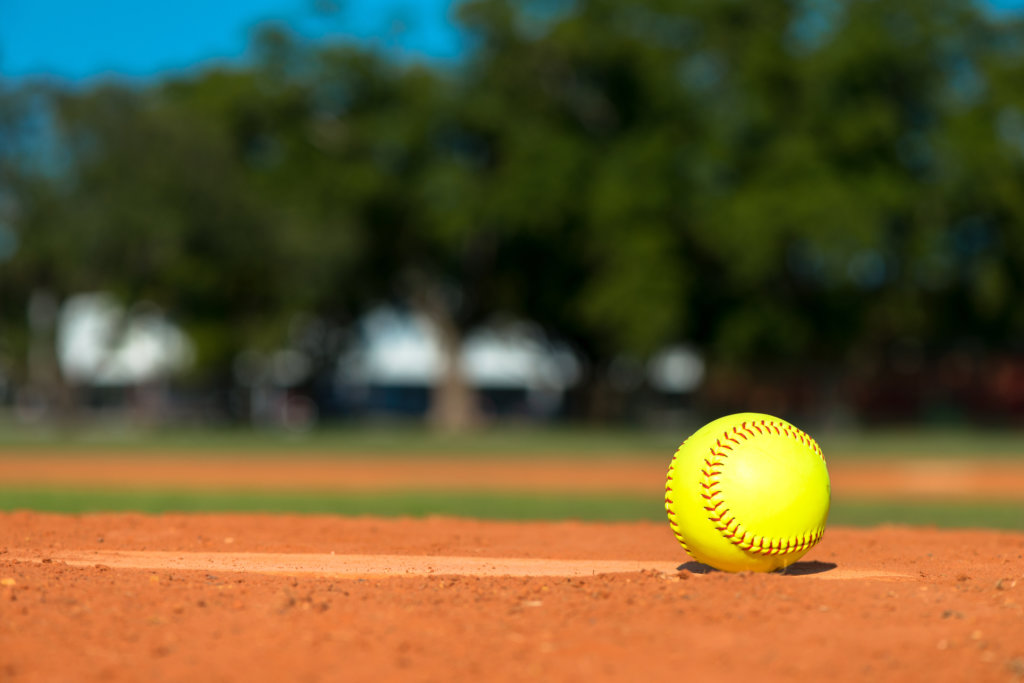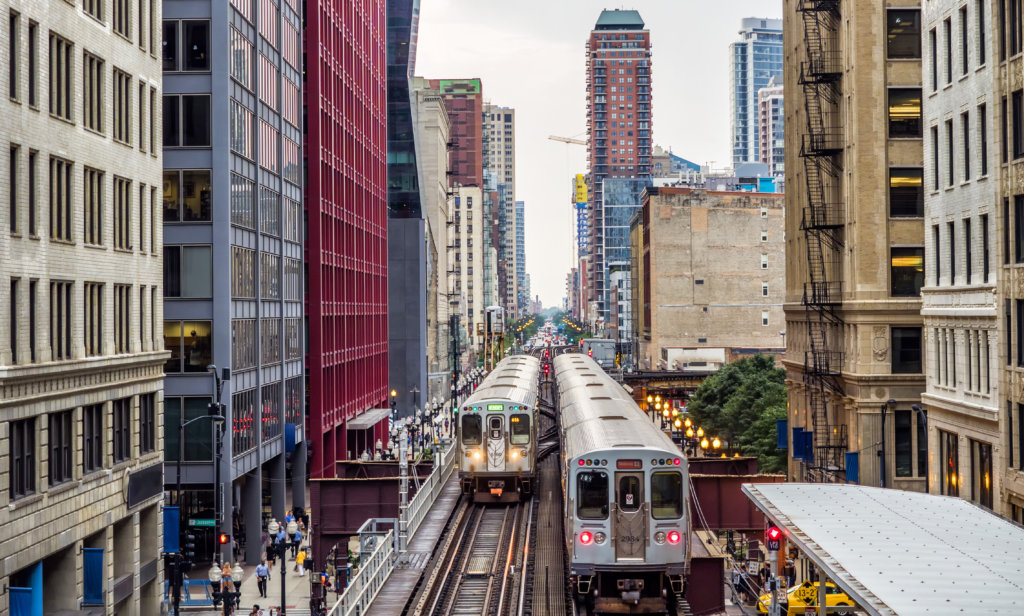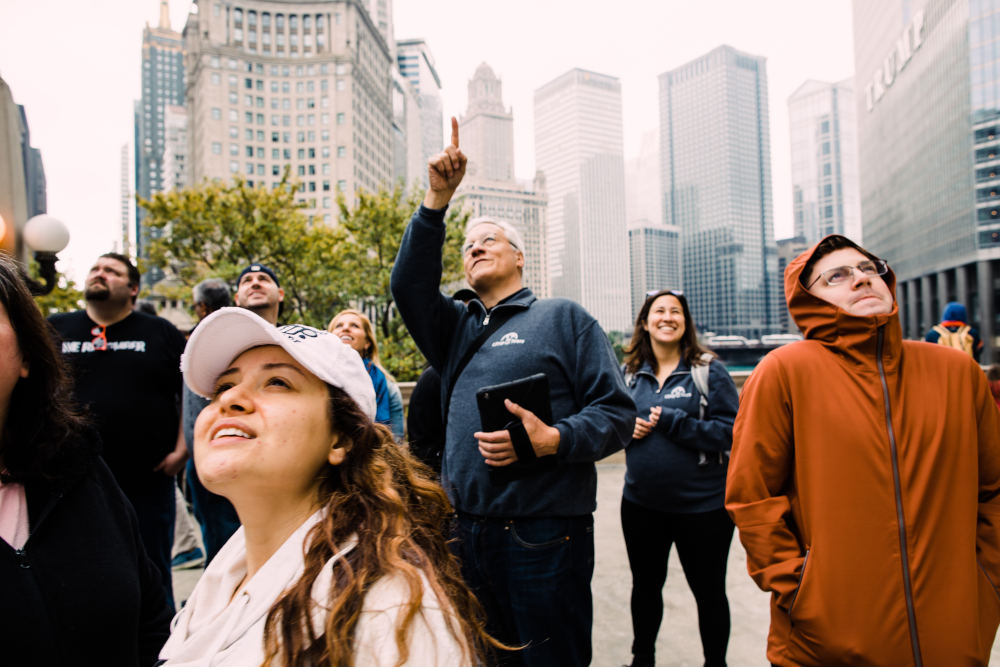– By Tom Schaffner
The invention of baseball is murky. Was it created by Abner Doubleday in Cooperstown, New York, or, was it Alexander Cartwright, a volunteer firefighter and bank clerk in New York City who codified a set of rules that would form the basis for modern baseball? Adding to the controversy is evidence that early forms of baseball were played in the years just following the American Revolution, several decades before Doubleday or Cartwright were even on the scene.
But Who Invented Softball?
There is no debate about who invented softball, however. The game was invented in 1887 on Thanksgiving Day in Chicago.
How it all Started
The story of its invention is compelling. A group of men gathered at Chicago’s Farragut Boat Club to learn the result of that day’s Harvard versus Yale college football game. When Yale was announced as the winner, a Yale alumnus wadded up a boxing glove with the string ties and playfully threw it at a Harvard supporter. The Harvard supporter swung at the glove with a broom handle and the rest of the group looked on with interest. George Hancock, a reporter for the Chicago Board of Trade jokingly called out, “Play ball,” and the first game of “softball” began in earnest. According to reports, 80 runs were scored during that initial match and the final score was 41-40.

Yellow softball on pitchers mound
By 1895, the game had moved outdoors, a complete rulebook had been issued and players had developed new names for the sport — “kitten ball,” “diamond ball,” “mush ball,” and “pumpkin ball.” It wasn’t until 1926 that the term softball was first used. Prior to this date, the size of the ball had varied considerably, depending mainly on where the game was played. Most of the world adopted a 12-inch ball and played the game with gloves. In Chicago, where the sport was born, the game moved forward with a 16-inch ball — and no gloves were allowed. The reason for the popularity of the sport in Chicago was because a bigger, softer ball meant that it could be played on smaller city “fields,” such as a cramped playground, someone’s back yard and even inside a gymnasium, if necessary.
The 16-inch game became incredibly popular nationwide when the first-ever national amateur softball tournament was held in conjunction with Chicago’s Century of Progress World’s Fair in 1933.
The Strategy of Softball
In addition to no playing with gloves, the 16-inch game is different from other versions of softball in several respects. As the game progresses, the 16-inch ball gets softer, making it more difficult to hit great distances. Teams and batters must alter their offensive strategies as the game moves into the late innings. Throwing and catching the ball also requires players to utilize different techniques. Fielders will often bounce the ball to their throwing target to make it easier to complete the play. Others who are looking to catch the ball will often let the ball hit their chest first before trapping the ball with their hands and fingers.
Like golf, the sport of softball has seen a precipitous decline in participation during the last several decades. Youth have gravitated to other sports and Baby Boomers — one-time stalwarts of the sport — are aging and playing less. And while it is rare indeed to see a pick-up softball game being played in fields or open spaces around the city (as there used to be), there are still a number of city and suburban leagues where those who are interested can get involved.
So whether you play 12-inch, 16-inch or women’s fast pitch, remember that the game was invented here by a group of football fans who improvised a “ball” with a boxing glove.
Only in Chicago.
If you thought Chicago’s history with softball is interesting, then considering booking one of L Stop’s Chicago tours. Our tours are filled with interesting Chicago history facts that you won’t get from other tours.
Holder of two journalism degrees, including a masters from Northwestern University, Tom Schaffner is a native of the Chicago area and has spent nearly 50 years as a writer, editor, publisher and professional communications consultant. He was also the founder, editor, and publisher of the Chicago File, a newsletter for former Chicagoans. Tom is also the co-owner of L Stop Tours.
POPULAR TRIPS

Duration: 3.5 hours
Price: Adult $65
- Tour price includes transit fees. Food/beverages purchased by guests.
- Tour begins and ends in the Loop.
- Walking distance: 1.5 miles

Duration: 3.5 hours
Price: Adult $65
- Price includes transit fees. Food/beverages purchased by guests.
- Tour begins and ends in the Loop.
- Walking distance: 1.1 miles

Duration: 3 hours
Price: Adult $65
- Tour price includes professional tour guide, train ride. Food/beverages purchased by guests.
- Tour begins and ends in the Loop.
- Walking distance: 1.5 miles
NEWSLETTER
Stay in the LOOP and subscribe to our monthly newsletter today!
